Sustainable building in extreme environments

Overall Course Objectives
To obtain the necessary knowledge and skills to plan and design buildings in extreme environments with focus on sustainability and resilience.
Learning Objectives
- Identify specific challenges of building in the Arctic related to extreme climate, traditional lifestyle, challenging logistics, available skills, energy demand, etc.
- Design buildings adapted to the local conditions, where resilience is of a major importance.
- Judge the building’s energy use and indoor climate in relation to current building codes, changing climate, and environment.
- Design appropriate HVAC systems (Heating Ventilation and Air Conditioning) for Arctic conditions.
- Explain the availability of solar energy, its positive and negative effects and potential for use in buildings.
- Implement the knowledge of the snow drift phenomenon into the building design considering its effects on everyday life in the Arctic.
- Select suitable building materials with respect to building traditions, transportation challenges, buildability and sustainability of Arctic construction.
- Discuss different technical and architectural solutions with stakeholders in a presentation session.
- Demonstrate the obtained knowledge in a structured written report.
Course Content
The focus of this course is on building design adapted to Arctic climate (low temperatures, snow, ice, wind, humidity, solar radiation etc.); lifestyle of people in the Arctic; remoteness of the settlements and sustainability and resilience.
Core Elements:
• Architecture, Building Tradition, Lifestyle
– Learning about the historical and present traditions, habits and activities of people in the north and how they affect the architecture and design of buildings.
• Arctic Climate, Building Envelope, Building Materials, Transportation and Waste
– Learning about transportation challenges and waste handling in rural areas and how they affect the choice of construction techniques and building materials. Understanding the harsh climatic conditions and the demands they create on building envelope.
• Energy, Indoor Climate, HVAC (Heating Ventilation and Air Conditioning)
– Learning to calculate and evaluate the energy consumption and indoor climate and specify the size and type of HVAC systems needed to ensure comfortable and healthy living conditions in the Arctic.
Throughout the lectures the students are introduces to different aspects of designing sustainable homes in the Arctic including architecture and engineering disciplines.
The knowledge will then be applied in the assignment to design a house for a specific location and users.
Teaching Method
Project work (group work) and supervision + lectures, video lectures, field work.
Faculty
Remarks
The course takes place in Sisimiut, Greenland
The course shall be taken as part of the Arctic Semester. However, the course can also be taken as a stand-alone course if seats available.
International teacher team:
Martin Kotol (Associate professor, DTU)
Aaron M. Cooke (Architect, Alaska)
William Semple (Architect, Canada)
Kevin M. Smith (Associate professor, DTU)
Gerald Englmair (Assistant professor, DTU)
Limited number of seats
Minimum: 1, Maximum: 15.
Please be aware that this course has a minimum requirement for the number of participants needed, in order for it to be held. If these requirements are not met, then the course will not be held. Furthermore, there is a limited number of seats available. If there are too many applicants, a pool will be created for the remainder of the qualified applicants, and they will be selected at random. You will be informed 8 days before the start of the course, whether you have been allocated a spot.



